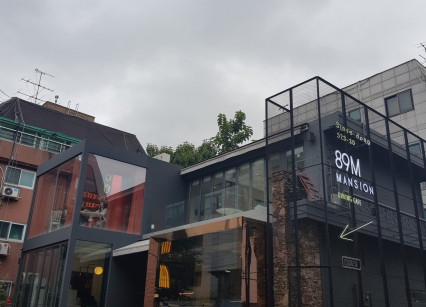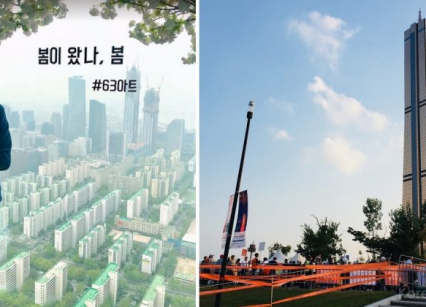Jeju Island, or Jeju-do, is a picturesque place that draws visitors from across the world. I have made the trip three times, each in the summer season. If you travel there, plenty of the island’s attractions will tug at your heartstrings and make leaving its idyllic landscape quite difficult. On two occasions, I flew out of Busan’s Gimhae International Airport. On the third occasion I flew out of Seoul’s Gimpo International Airport. The typical flight lasts one hour. After landing at Jeju International Airport, it is easy to hail a taxi or take a bus to your hotel or guesthouse. If travelling on a tight budget, I recommend you take a relatively inexpensive express bus. On my first trip, I visited, among other places, Innisfree Jeju House, Woljeongri Beach, and Hallasan Mountain. Visitors to Jeju may find cultural attractions via Instagram and this travel website, among others. If you can read and write some Korean, I would urge you to search via Naver Blogs. On this platform, South Koreans have documented a trove of invaluable information with regard to Jeju Island, South Korea, and the world. My favorite place, one I will never forget, was Seongsan Ilchulban, or Sunrise Peak.
The Base

Sunrise Peak is a designated UNESCO World Heritage Site. Select sites are recognized by the United Nations as having cultural or historical import. This peak, like its counterparts, is thus granted certain legal protections.
Sunrise Peak was forged by volcanic eruption nearly 100,000 years ago. This is something to contemplate as you travel its terrain. From start to finish, the hike takes nearly 20 minutes. It is important to pack appropriately, especially in monsoon season. Bring sunscreen, a hat, an umbrella, water, snacks, and a camera.
Other travels tips, not specific to Jeju but valuable nonetheless: [1] wear primarily black apparel as you can don it multiple times on multiple days without it appearing worn or dirty, and [2] wear a USB drive around your neck with critical health and contact information in case of emergency.


The hike, from start to finish, took me approximately 60 minutes. This is, perhaps, given the fact I paused frequently to snap photos and video. As we live in the smartphone age, it is tempting to experience the bulk of this hike via one’s smartphone screen. I would, however, encourage visitors to set their phones aside and experience most of the hike through their own eyes. As can be seen in the photo above, the trail is cordoned off by a wooden fence. It’s important not to stray from the path as it serves an important purpose: preservation of the peak’s natural wonder.
The Jeju Community

Sunrise Peak sits on Jeju Island’s eastern seaboard. As observed in the above photo, it is adjacent to the ocean and a local village. Before or after your hike, it is worth exploring the nearby neighborhoods, just as it is worth exploring the island’s community at-large. I found the islanders to be both kind and welcoming. As a student of Korean language, I was particularly interested in the Jeju Dialect, or Jeju Satoori.
In each of South Korea’s provinces, the Korean language has developed in unique ways. For example, as you enter a restaurant, or sigdang, in Seoul, you might be greeted with an “eoseo oseo”. In Jeju, however, you might be greeted with a “honjeo opseoye”. Keep an ear out for these linguistic variations as you camp out in an eatery pre- or post-hike and dine on Jeju Black Pork with Kimchi Fried Rice, or Seafood Ramyeon, staples of the island, each pictured below.



The Apex
As you reach the peak’s apex, a large crater comes into view. Within a typical active volcano, this space might be brimming with lava. Like the area beyond the wooden fencing, visitors cannot step foot on this green space. Nonetheless, it is a wonder to behold, a perfect photo opportunity. Moreover, from this perch the sunrise is absolutely beautiful.



The Return

The trip down is just as beautiful. As you descend a wooden staircase down the peak, be sure to gaze at and enjoy the ocean and neighboring town. As you reach the base of Sunrise Peak, you will have memories to last a lifetime. My first and second trips to Jeju Island were pre COVID-19. My third and most recent trip, summer 2020, occurred in the throes of the present pandemic. It was important that my travel mates and I wore respiratory masks at all times, especially as we traveled to tourist sites at which many tourists were sight-seeing. There are many ways that tourists can respect the venue they are visiting. These days, wearing a mask is one such way.
I hope that your trip to Jeju is as awe-inspiring as mine was. As I mentioned, I have already traveled there three times. I hope to make a fourth trip.







